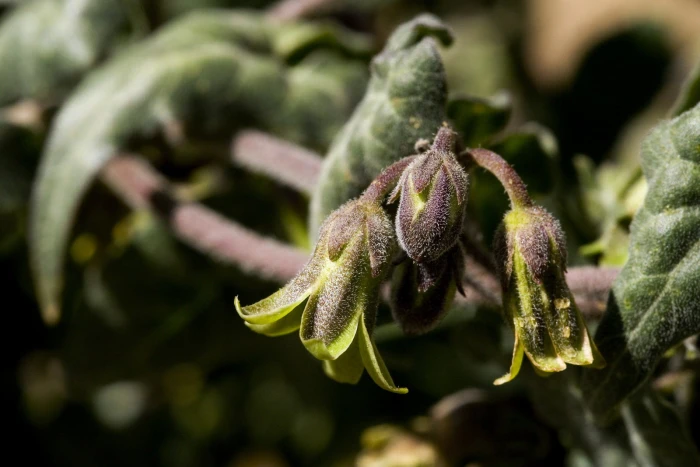Baldwin’s Milkvine
(Matelea producta)
Baldwin’s Milkvine (Matelea producta)
/
/

Patrick Alexander
CC0
Image By:
Patrick Alexander
Recorded By:
Copyright:
CC0
Copyright Notice:
Photo by: Patrick Alexander | License Type: CC0 | License URL: https://creativecommons.org/licenses/by-sa/2.0 | Uploader: Josve05a | Publisher: Wikimedia Commons |
































Estimated Native Range
Climate Requirements for Rochester Hills, Michigan
| This Plant | Your Site | Plant Suitability for Your Location | ||
|---|---|---|---|---|
| • Precipitation | 8" - 28" | 31" | Your precipitation may be too high for this plant. | Too high |
| • High Temp. | 81°F - 103°F | 83°F | Your summer temperatures are normal for this plant. | Excellent |
| • Low Temp. | 16°F - 46°F | 16°F | Your winter temperatures are normal for this plant | Excellent |
This plant may not grow well at your location - your precipitation is too high.
Summary
Matelea producta, commonly known as Baldwin’s Milkvine, is a deciduous perennial vine native to the Southwestern United States and Northwest Mexico, where it thrives in a variety of habitats including grasslands, deserts, chaparral, and scrub. It typically grows to a height and width of 6-9 feet (1.8-2.7 meters), with twining stems that can climb over other vegetation or sprawl across the ground. The leaves are heart-shaped, and the plant produces clusters of small, star-shaped green and yellow flowers in the spring and summer, which are followed by distinctive seed pods that add interest to the garden even after the flowering season.
Baldwin’s Milkvine is valued for its drought tolerance and ability to attract pollinators, including butterflies. It is used in native plant gardens, as a climbing vine on trellises or fences, and for habitat restoration projects. This vine prefers well-drained soils and can tolerate a range of conditions from full sun to part shade. While it is relatively low maintenance, it may require occasional pruning to control its spread. It is not commonly afflicted by serious pests or diseases, but gardeners should be aware of potential leaf spot issues in humid climates.CC BY-SA 4.0
Baldwin’s Milkvine is valued for its drought tolerance and ability to attract pollinators, including butterflies. It is used in native plant gardens, as a climbing vine on trellises or fences, and for habitat restoration projects. This vine prefers well-drained soils and can tolerate a range of conditions from full sun to part shade. While it is relatively low maintenance, it may require occasional pruning to control its spread. It is not commonly afflicted by serious pests or diseases, but gardeners should be aware of potential leaf spot issues in humid climates.CC BY-SA 4.0
Plant Description
- Plant Type: Vine
- Height: 6-9 feet
- Width: 6-9 feet
- Growth Rate: Moderate
- Flower Color: Green, Yellow
- Flowering Season: Spring, Summer
- Leaf Retention: Deciduous
Growth Requirements
- Sun: Full Sun, Part Shade
- Water: Low, Medium
- Drainage: Medium
Common Uses
Bee Garden, Butterfly Garden, Low Maintenance, Potted Plant
Natural Habitat
Native to a variety of habitats including grasslands, deserts, chaparral, and scrub in the Southwestern United States and Northwest Mexico
Other Names
Common Names: Texas Milkvine
Scientific Names: Matelea producta, Gonolobus productus, Vincetoxicum productum
GBIF Accepted Name: Matelea producta (Torr.) Woodson